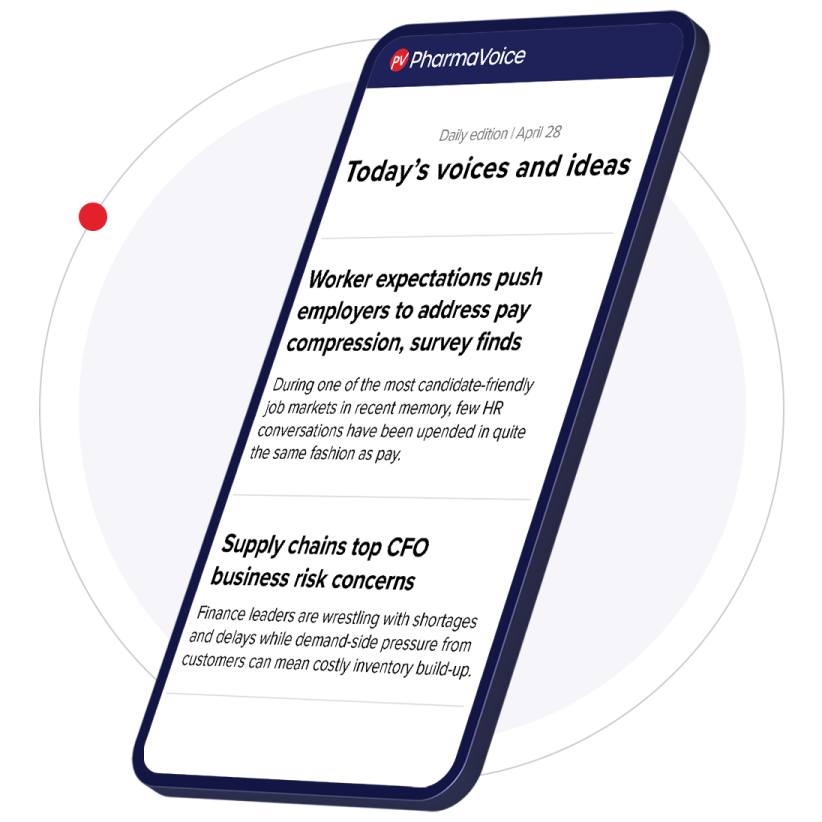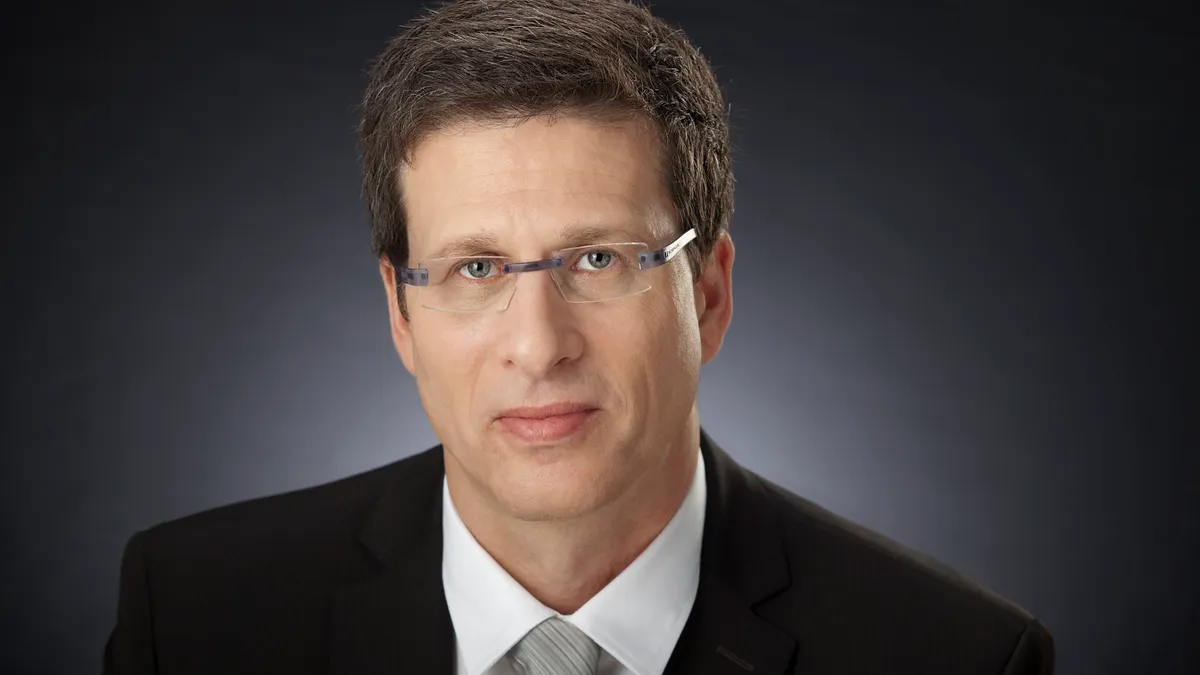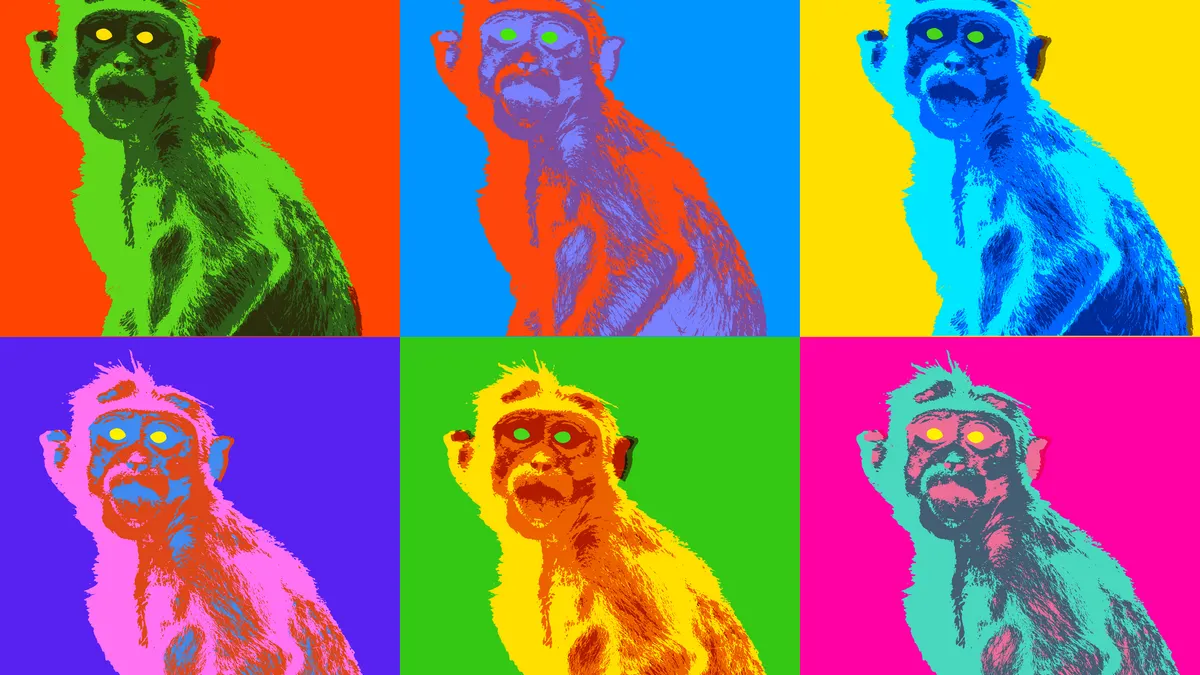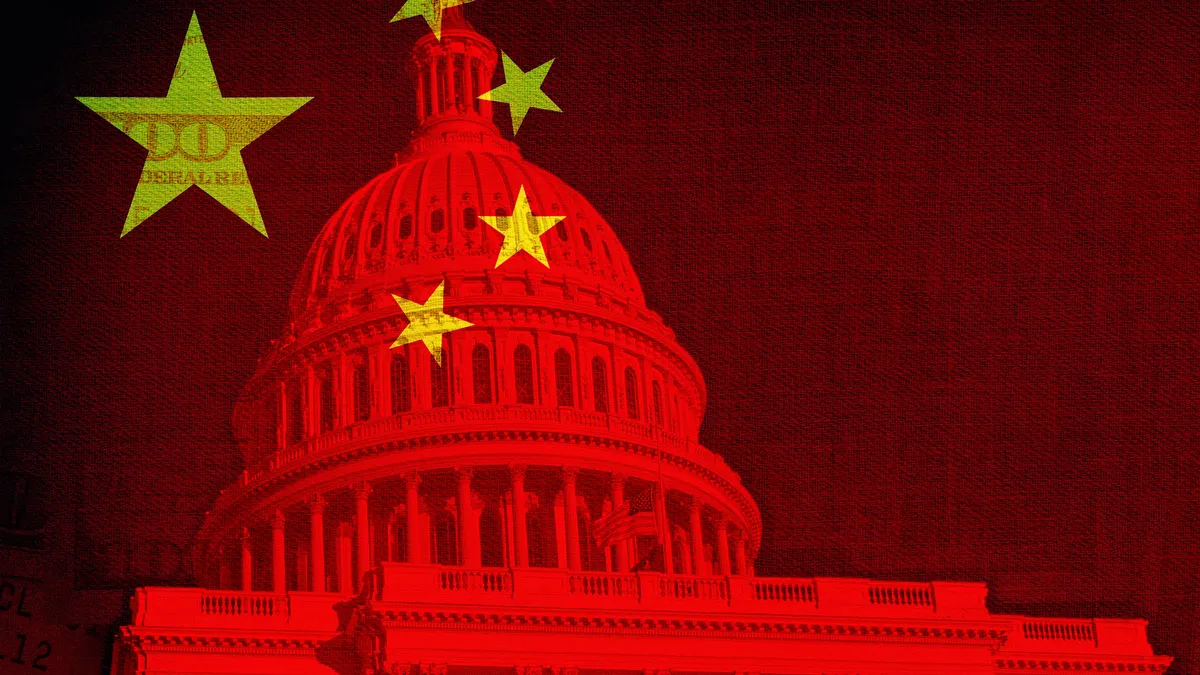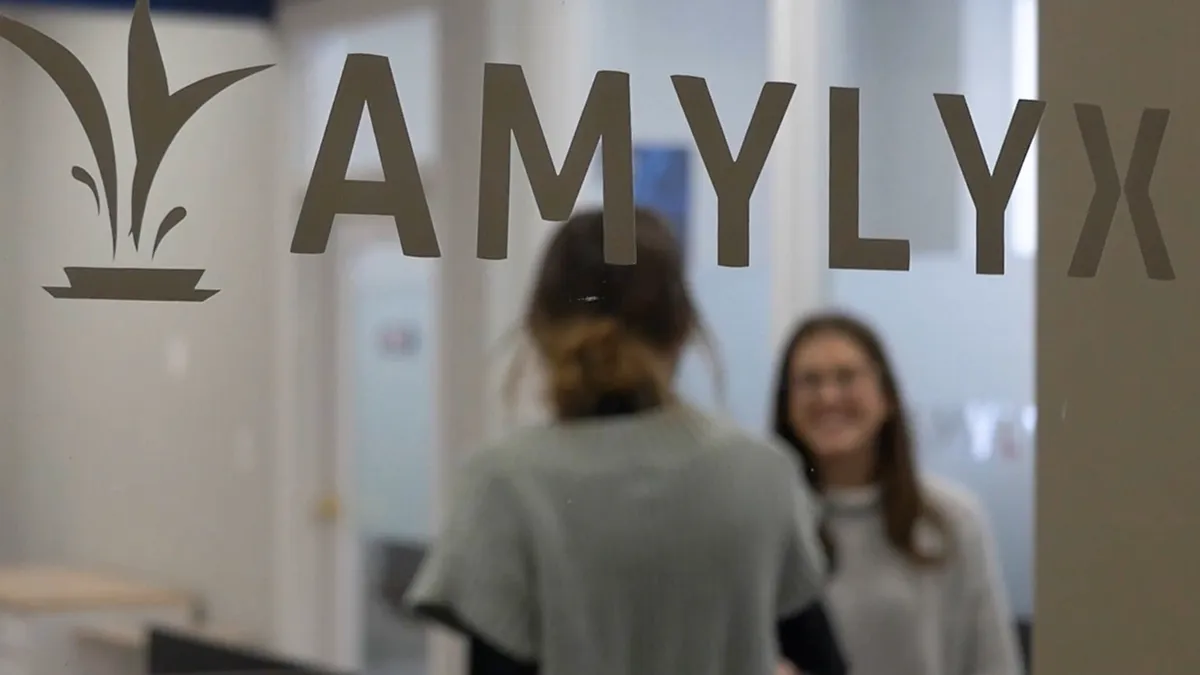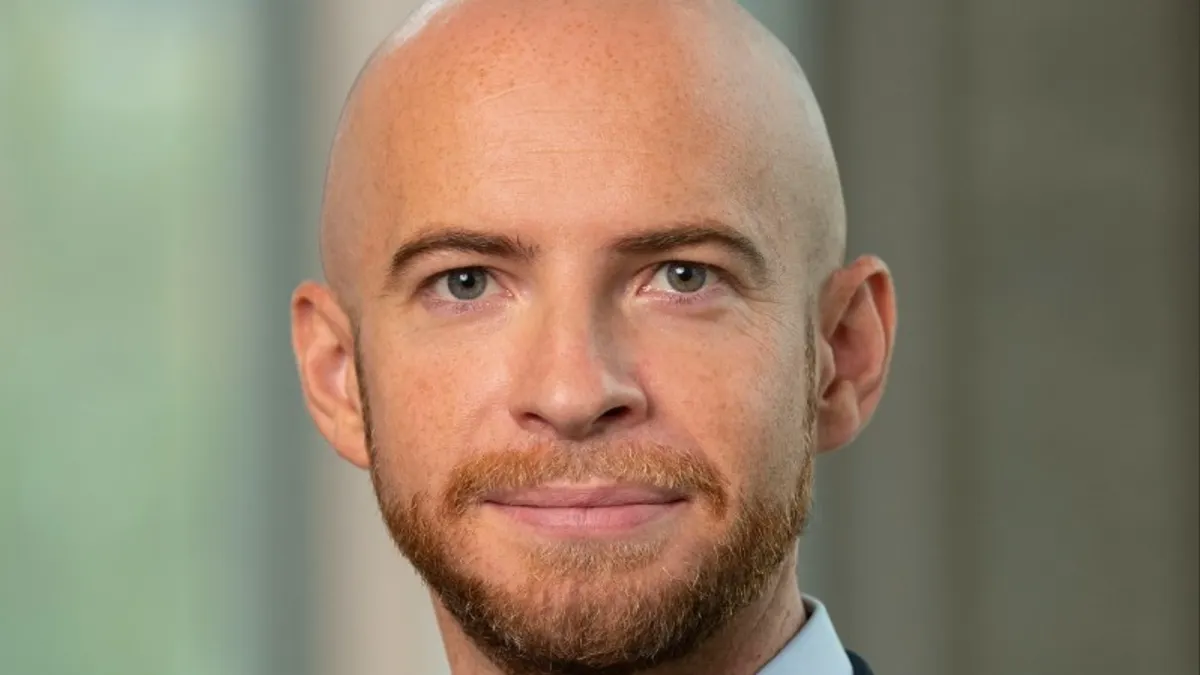Artificial intelligence is taking shape as a major revolution in biopharma, from drug discovery to clinical trials. The wheels of technology spin quickly, and as the seeds of AI germinate, leaders are wrapping their heads around how far it’s come and where it’s going now.
Dr. Lynda Stuart, who serves as the inaugural president and CEO of the Fund for Science and Technology, a new venture capital group, has watched AI go from a fringe idea to a real-world effort.
“It’s an interesting time for the AI field in biotech because there’s a massive transition from a nascent technology to being a real tool that you can use,” Stuart said. “That transition from the theoretical to the real demonstrates an enormous opportunity for good — to define responsible use and mitigate risk.”
Stuart hearkens back to early days in the field. She worked with biochemist David Baker, who won half of the 2024 Nobel Prize in Chemistry alongside the founders of AlphaFold. His ideas, considered revolutionary now as AI takes center stage, weren’t always seen that way, Stuart said.
“[Baker] had this crazy idea that he was going to design proteins from scratch — everyone thought he was part of the lunatic fringe,” Stuart said.
There is always a process of hitting the gas and pumping the brakes on new technology, Stuart said, and the FFST is trying to find that line, calling for a mindset that puts AI on the right track for innovation but keeps potential hype in check.
“To understand and address this tension in innovation is to set up a framework that is agile enough to allow innovation to move at the pace it should move and then know when to regulate,” Stuart said. “We’ve proposed something called an ‘if-then’ framework, where if certain capabilities are reached, then you deal with them — but you shouldn’t get all panicked about something that’s 10 years away.”
Tradition vs. progress
A paradox of the pharmaceutical industry is that, while cutting-edge science drives every significant advancement, leadership is sometimes less enthusiastic about embracing the new ways. Financial and regulatory risk play a role in that tension.
“This was my obsession and focus for many years,” said Dr. Mathai Mammen, who served as head of R&D at pharma juggernaut Johnson & Johnson. When the AI revolution was still operating in much smaller computer science circles, he promoted using datasets and machine learning to enroll clinical trials, for instance.
“Ten years ago, I started seeing the evolution in technology and the convolutional neural network technology take off with the availability of electronic data,” Mammen said. “I knew this would yield a revolution, whether on the drug discovery or drug development side, and when I came to J&J, this became a mantra and something important to try and drive.”
Now, as CEO of the biotech Parabilis Medicines, Mammen recalls the resistance to AI, even though company leaders broadly supported the concept.
Still, full buy-in took time and was hard won, Mammen said.
“For some people, there’s a tried-and-true approach, and they feel there’s too much company and personal risk in rationalizing trying something new,” Mammen said. “That collective experience of being successful is in some ways a source of resistance, and the more experienced and successful a place has been, the more resistance there might be.”
Mammen said he was able to “drive through” that resistance with like-minded executives at J&J by focusing on near-term problems. That meant drilling down on the use of data rather than implementing rudimentary tech before the company was ready to jump in.
“We changed the organizational structure to give the data science team real authority — that comes with some reluctance because you’re taking authority away from someone, but those individuals quickly saw they were apt to be more successful with this new partnership,” Mammen said. “These are the step changes that led to organization-wide change from nothing to being probably the leading data science organization in pharmaceuticals.”
Mammen attributes the success of J&J’s portfolio at the time to how he and his team were able to deploy those tools and that mindset as early adopters.
State-of-the-art
Sanofi debuted a new campus in 2022 in East Cambridge, Massachusetts, as a chance to build not only for the scientific needs of today, but for technology coming down the pike, particularly in the field of immunoscience.
“There are going to be things you can’t foresee,” Matt Truppo, global head of research platforms and computational R&D at Sanofi, said during a press tour of the Cambridge Crossing facility in June. He pointed out that procedures that once once took months soon only took weeks to perform, and “now we’re doing multiple structures a day enabled in part by AI leveraging extremely large data sets.”
“That transition from the theoretical to the real demonstrates an enormous opportunity for good — to define responsible use and mitigate risk.”

Dr. Lynda Stuart
CEO, Fund for Science and Technology
The company had to build with an eye to the future.
“What you try to do is build with the vision in mind of what you’re going to need, and when you find that those needs have accelerated beyond what you planned, then you go back and address them,” Truppo said.
The two buildings on the 900,000-square-foot campus were designed to foster collaboration among working groups of scientists and company leaders, and the R&D team had to also think about data in that way.
“We’re at a stage where new models are moving so quickly in academia and industry that you need to be able to test them and internalize them rapidly, evaluate them, see who you want to partner with and where your internal models are superior,” Truppo said. “We have the advantage that this building is quite new, but even with that, we have to keep up, and human intuition is an important part of it.”
Keeping the human aspect and the traditional scientific process intact as AI becomes a more widely used tool will keep the industry from spinning out of control — even as leaders explore new realms, the FFST’s Stuart said.
“I’m hoping the hype won’t get away from itself,” she said. “You always have to ground truth in real science — if you set out to make something and you fail, then that’s still teaching us something.”



